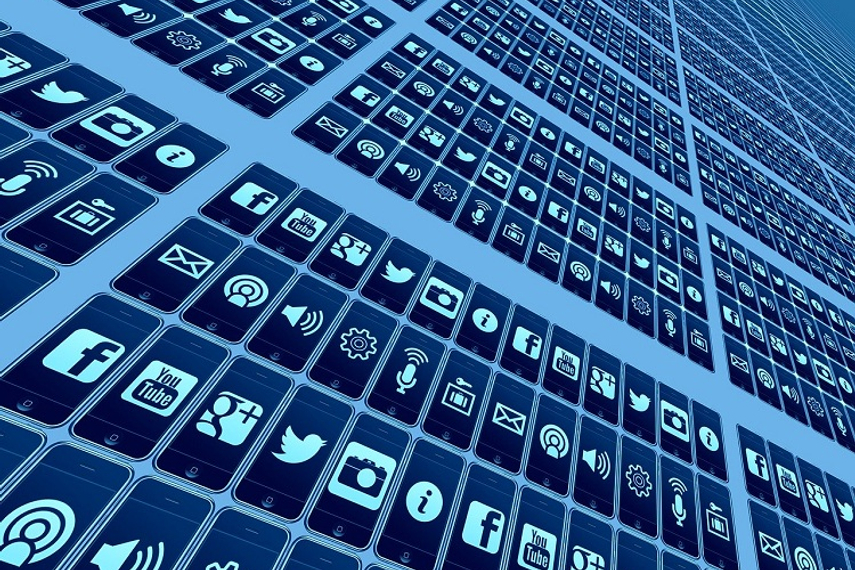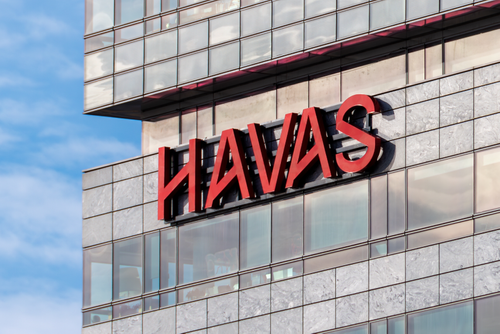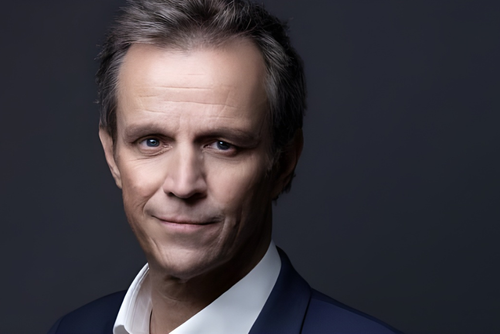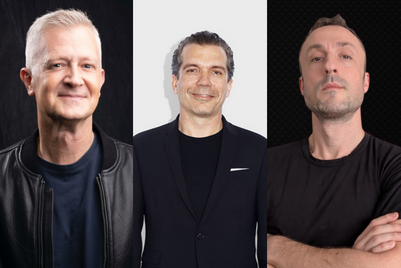It’s funny how phones feel incomplete without ‘mobile data’ switched on today; a minute without it teleports you back to the stone-age! The internet may have raised the curtains to a fascinating virtual world; however, the marvels of this spectrum bring along several side-effects. Looking back at the phenomenal progress in technology, we could rightly say that the internet has done us more good than bad. Nevertheless, while enjoying its privilege in all stages of life, we shouldn’t brush its cons under the carpet.
The internet allows global citizenship and boasts of content at fingertips. This content, more often than not, fits the criteria of mass consumption rather than that of authenticity. Misleading content is just one of the many misconducts that you would come across on the internet, leading us to one question – How do you differentiate between the two?
Educate yourself, and others, by this I mean, one must not take the social word as gospel truth but read well enough to strengthen their perspective. Further, various social media platforms have introduced measures to ensure digital security, and even as hooked users, I’m sure many aren’t aware of the terms and conditions they quickly agree to. For instance, YouTube recently banned targeted ads on videos for kids. Last year was also a busy one for the photo-sharing app, Instagram, besides eliminating the metric of likes, it rolled out a feature to hide bullying posts on users' feed.
Moving forward from social, one should beware of misleading websites. For instance, www.facebook.com is not the same as www.facebo0k.com, even though it could easily pass off as the former at first glance. Ignoring such minute details often leads to long-lasting effects.
Statistics show over 6,00,000 hack attempts on Facebook every day. When calculated across social media platforms, this figure is miniscule. Personal data is valuable for both you and the person trying to commit a fraud; one must address extreme caution in revealing any detail on an unprotected site. Moreover, sites that require you to feed in details also provide information about its security.
Secondly, all stakeholders should maintain regulation on the internet. Digital has the power to influence action, and while platforms work towards ensuring transparency, they won’t truly be successful unless both content curators and consumers act as self gatekeepers. As industry experts, those working in the digital industry hold the responsibility to provide credible content.
Consumers, on the other hand, must keep track of their digital dependence. According to a report by Social Media Today, one spends an average of 2 hours 23 minutes on social media globally. Excessive use of social media and detachment from the actual world has introduced us to the ugly truth of ‘FOMO’ and the ‘compare and despair attitude,’ often mistaken as buzzwords. One may not need to quit these platforms completely; however, certain limitations are crucial to maintaining digital well-being.
To sum it up, as the Internet of things continues to evolve, it opens a plethora of opportunities in all fields and stages of life with several risks tagging along. Security measures must simultaneously grow in speed, number, and complexity.
 (The author is co-founder, Togglehead)
(The author is co-founder, Togglehead)





.jpg&h=334&w=500&q=100&v=20250320&c=1)
.jpg&h=334&w=500&q=100&v=20250320&c=1)

.jpg&h=334&w=500&q=100&v=20250320&c=1)




.jpg&h=334&w=500&q=100&v=20250320&c=1)


.png&h=268&w=401&q=100&v=20250320&c=1)

.png&h=268&w=401&q=100&v=20250320&c=1)

.jpg&h=268&w=401&q=100&v=20250320&c=1)
.jpg&h=268&w=401&q=100&v=20250320&c=1)
.jpg&h=268&w=401&q=100&v=20250320&c=1)
